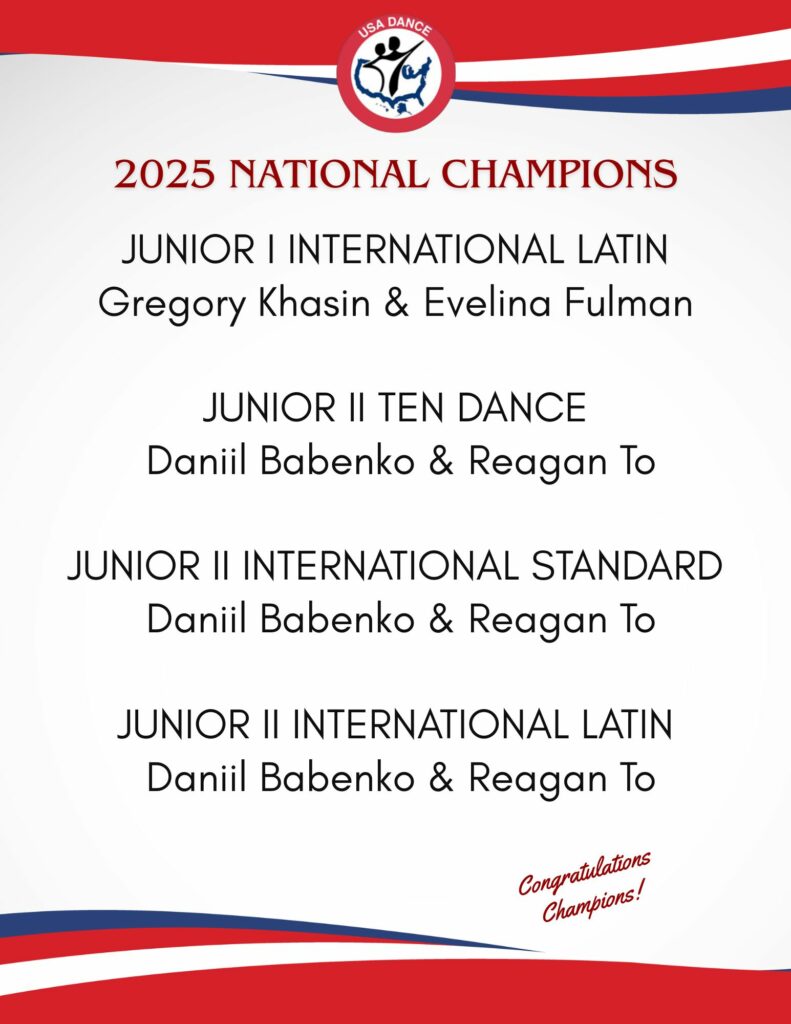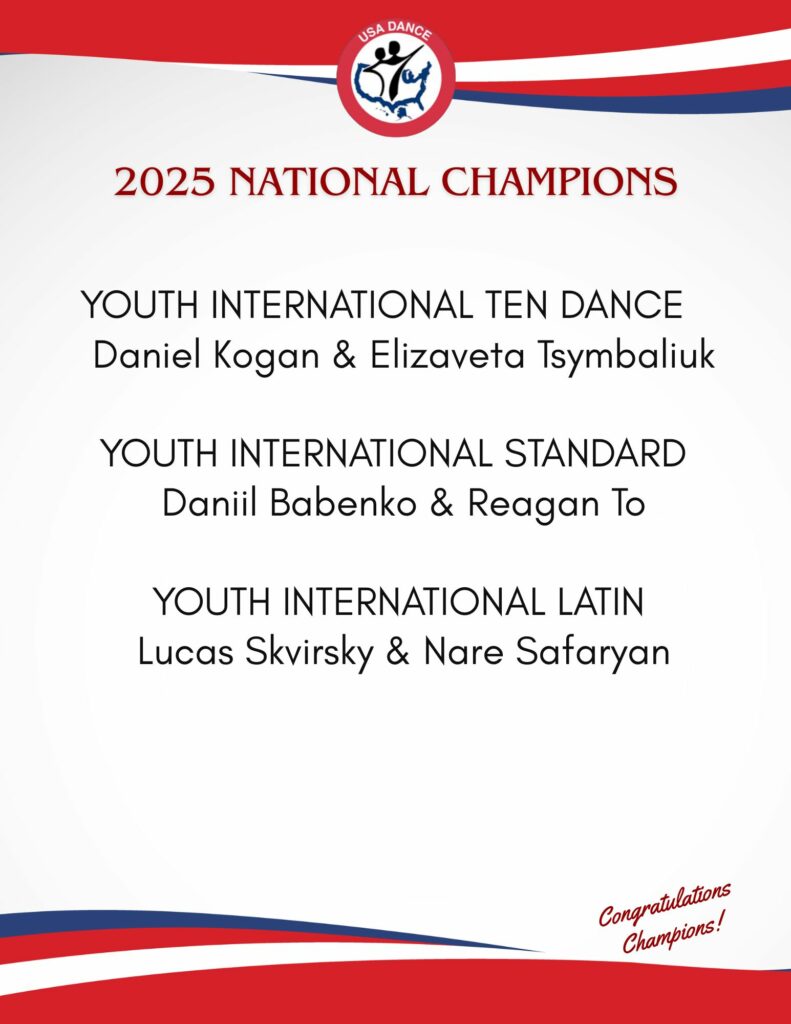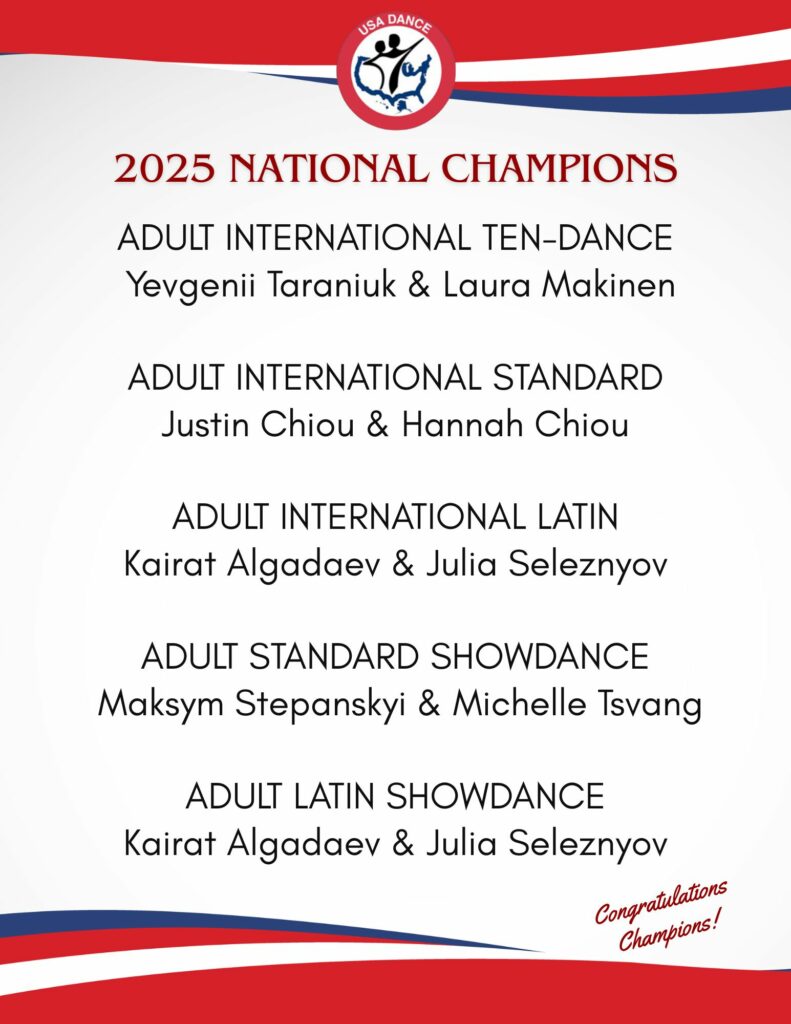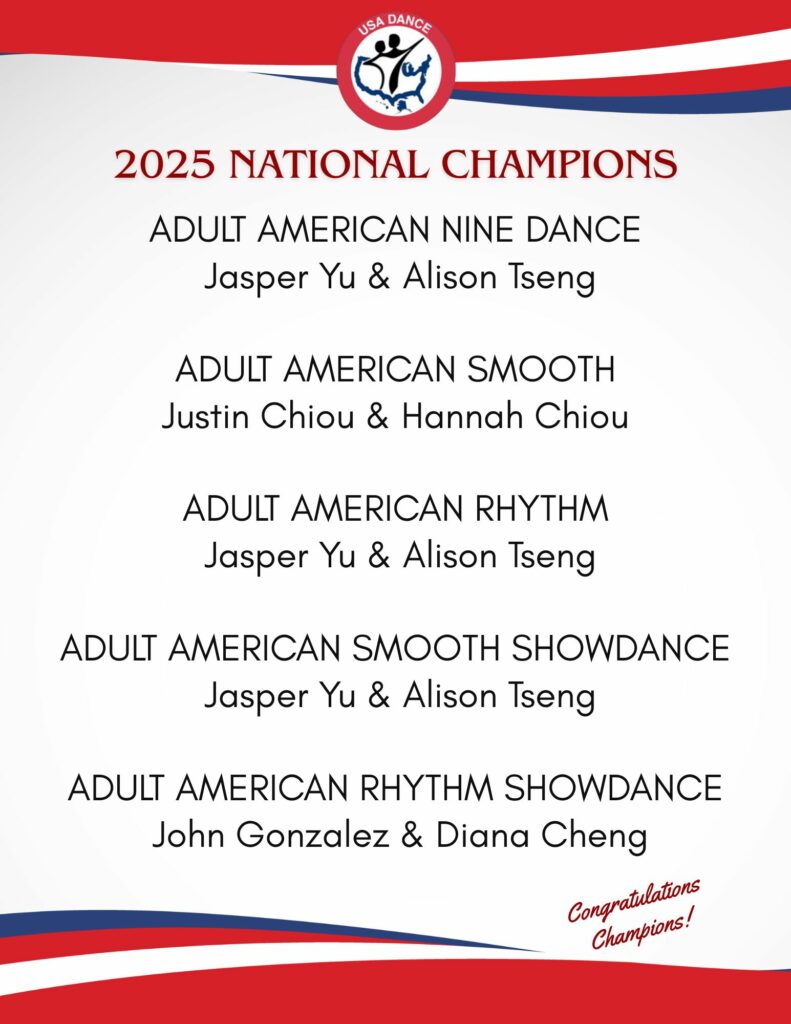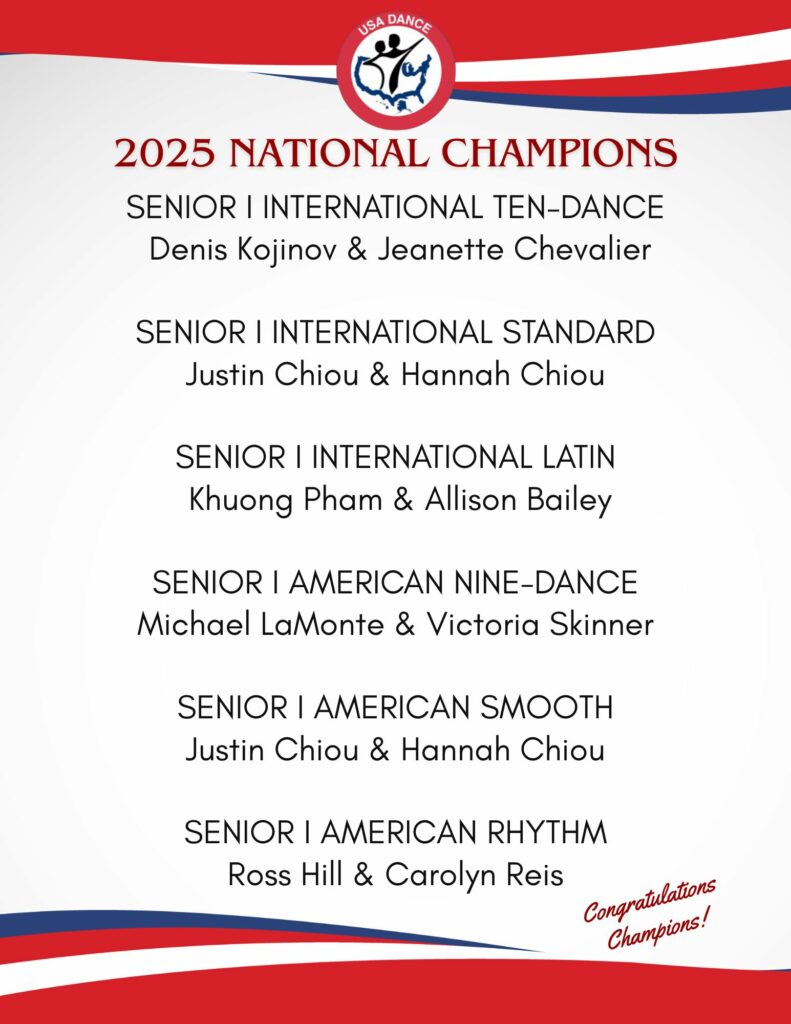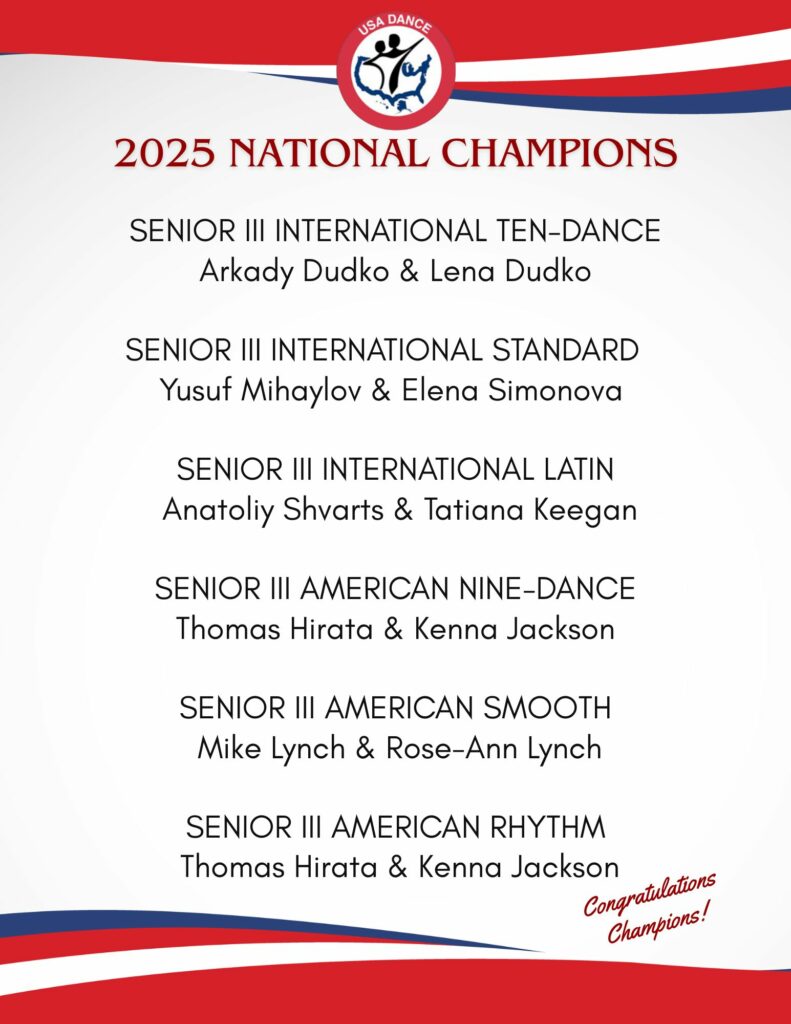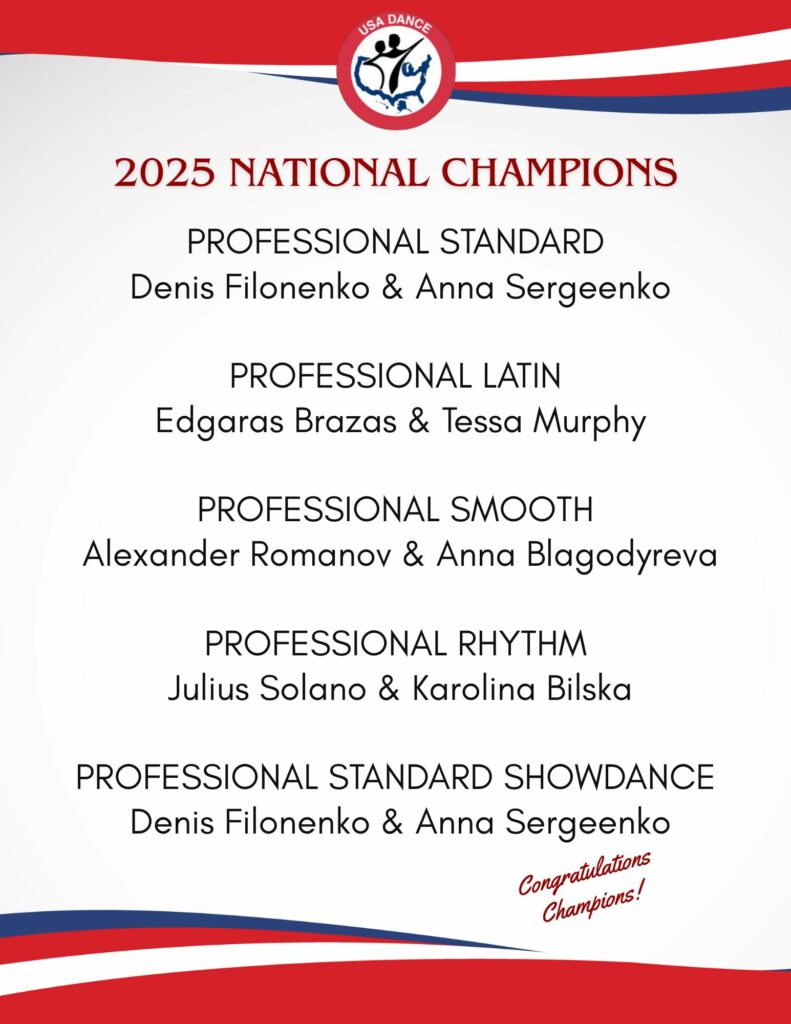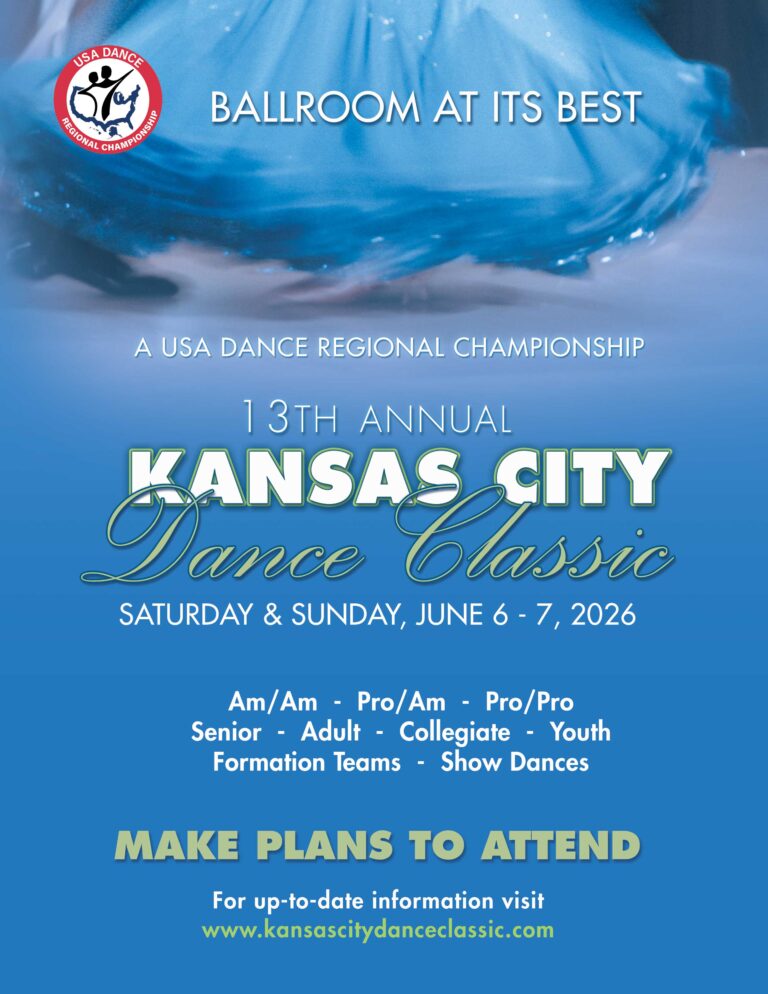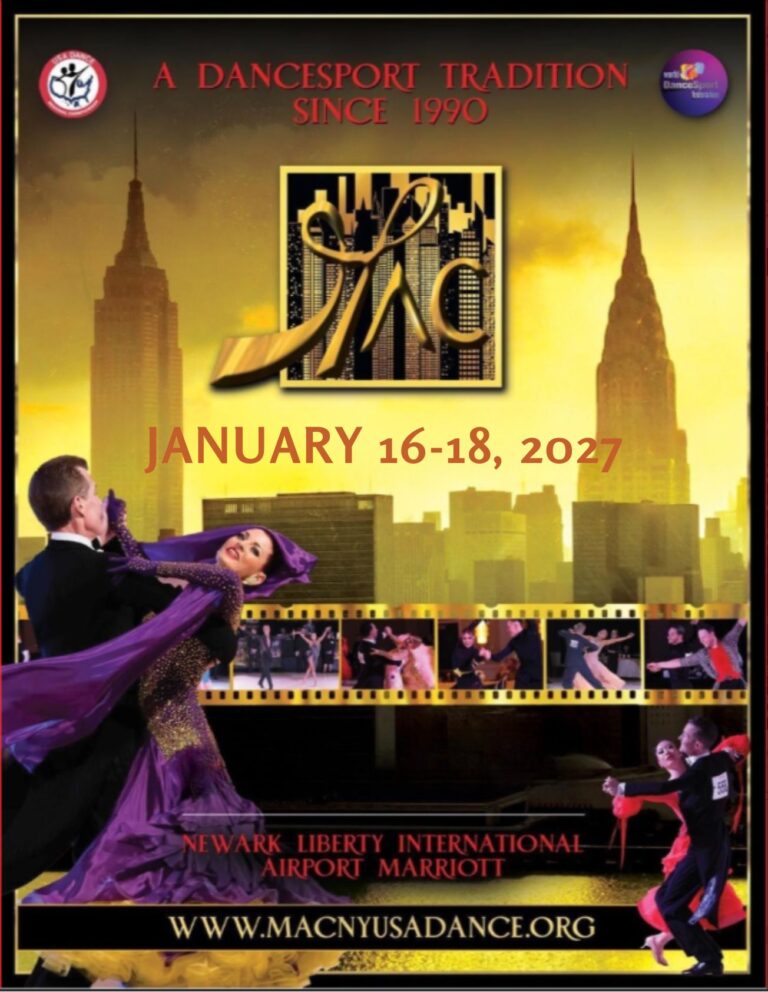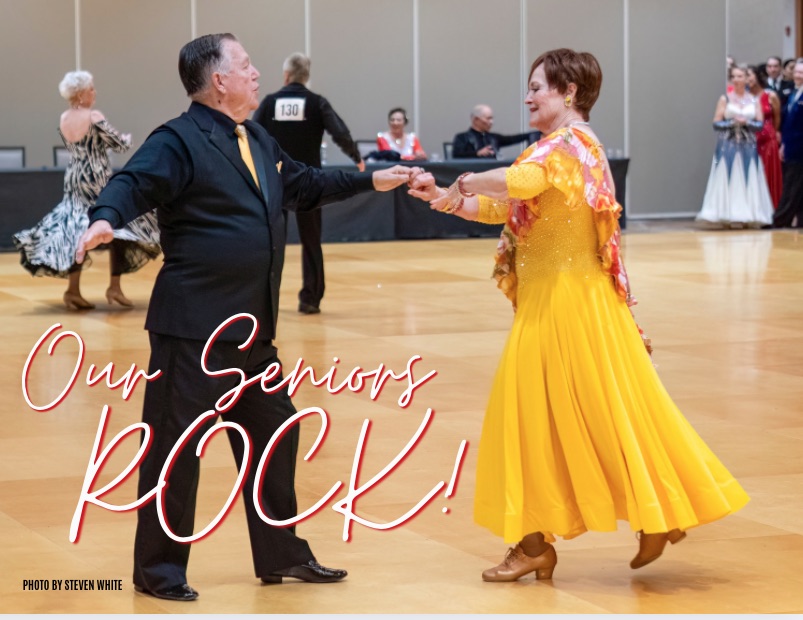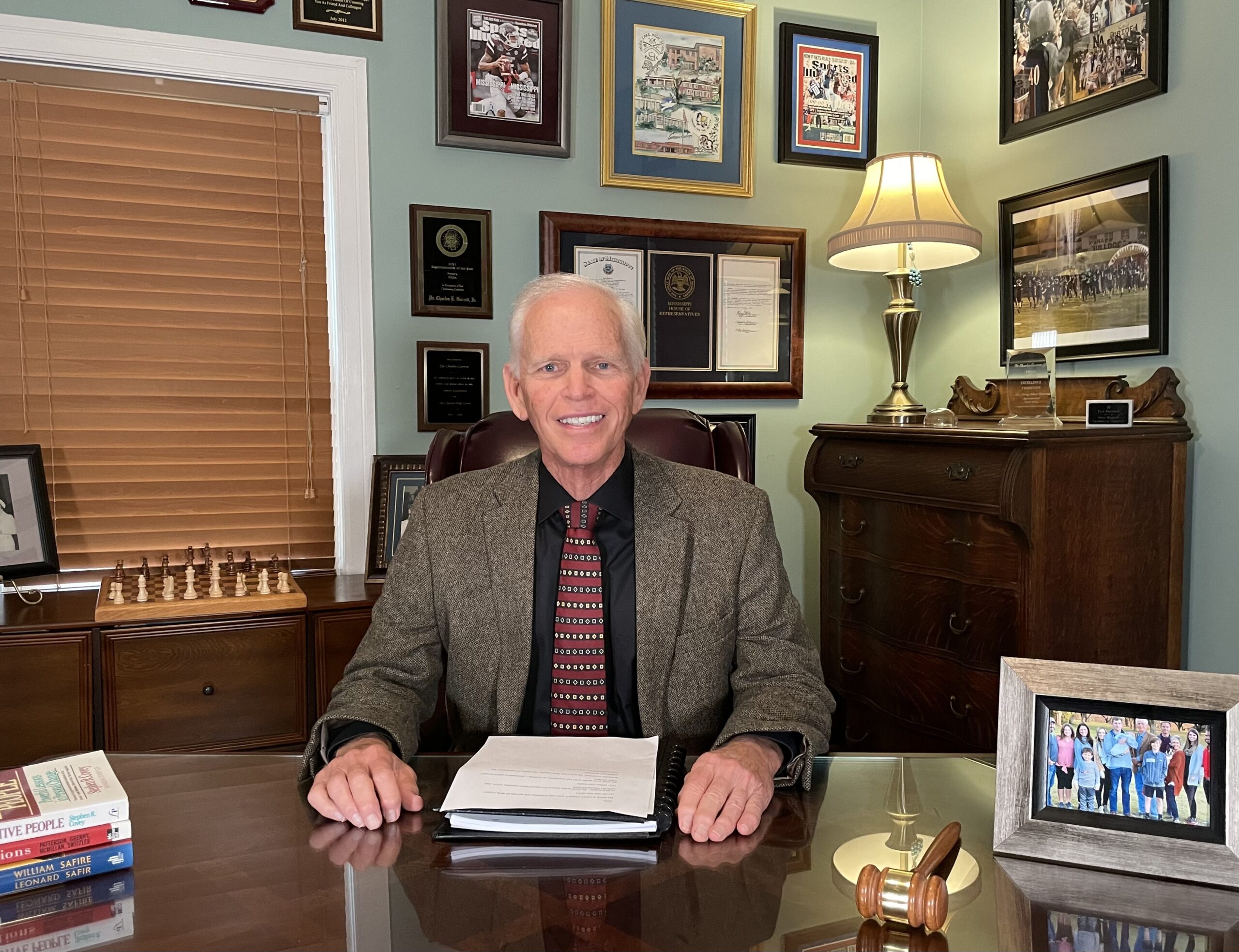I hate stretching. Many people do. It hurts. It doesn’t seem to last. It delays getting to play. Yet flexibility is the key to a long and active athletic career. Here is why.
Flexibility means using the entire range of motion of a joint or the length of a muscle and tendon. Limited flexibility means that a smaller area of the joint surface is subject to the loads applied during walking and sports. Stiffness relates to multiple causes—but when muscles and tendons do not elongate fully, scar tissue forms, biochemical changes in the collagen and cells occur, and the process of aging is accentuated.
Limited loading area in the joints means that, instead of distributing the forces over the entire articular cartilage bearing surface, the forces are concentrated. When joints are completely healthy, this force overload leads to buildup of the underlying bone. This process is guided by Wolff’s law, developed by the German anatomist and surgeon Julius Wolff in the 19th century. It states that bone responds with bone strengthening when forces are applied. However, if there is an injury in the joint, arthritis, or loss of some of the soft tissue protective structures— such as the meniscus and ACL in the knee joint, or the labrum in the shoulder and the hip— the force concentration leads to cartilage breakdown. The bone underneath becomes harder and stiffer. Arthritis is accelerated.
Tight muscles and tendons are just one part of the stiffness many people feel. While it has many causal factors (such as decreased joint lubricants, changes in the biochemistry of the tissues from loss of chondroitin and glucosamine, or injuries with scar formation), simple disuse is the most correctable cause of stiffness. This is where stretching comes in.
Disuse often means that even though you have walked around, gotten in and out of chairs, and even played some sports or gone to the gym to lift weights, you never fully extended or flexed all of your joints. So over time, the muscles contract, the joint surfaces remodel, and the biochemistry of certain parts of your body reflect a human being far older than its parts. Stiffness begets more stiffness. As you age, you start to rue ignoring the advice you were given as a youth: to train to play, stretch to move, and squat fully to be able to sit properly.
The action steps are clear. If you are young or caring for young people, start a daily stretching and full flexibility regime. Just as you would not miss brushing your teeth for a day, mobilize all of your joints in a simple but thorough routine. If you are older, in body or in spirit, get a trainer who focuses your athletic regime on stretching and flexibility. Sign up for Yoga, Pilates, pool exercise classes, and other activities that use your entire body.
My patients most annoyed with their stiffness come from spin classes where they can barely stand up after getting off the bike, from gym workouts where power was emphasized over form, or from Pickleball contests where their hips and knees are being pushed past their limits without being prepared. Our golfers rarely warm up enough and find their backs don’t rotate adequately to generate the force needed to drive a golf ball far down the fairway. They spend more money on new clubs instead of on themselves.
The key to flexibility is starting early and not stopping. With children, we simply don’t emphasize enough that mobility means skill in every sport. Why? Because they already seem so flexible that it doesn’t seem to matter. It does!
 Kevin R. Stone, MD
Kevin R. Stone, MD
Dr. Kevin R. Stone is a pioneer of advanced orthopaedic surgical and rehabilitation techniques to repair, regenerate, and replace damaged cartilage and ligaments.
He is an orthopaedic surgeon at The Stone Clinic and also the chairman of the Stone Research Foundation. He lectures around the world as an expert in cartilage and meniscal growth, replacement, and repair and holds over 40 U.S. patents on novel inventions to improve healthcare.
Dr. Stone uses anabolic therapy and other biologic techniques to work to preserve the natural biology of a joint, helping people avoid or delay an artificial joint replacement.
At The Robotic Joint Center, Dr. Stone uses advanced robotic-assisted surgery techniques to ensure that partial and total knee replacements result in precise alignment and a more natural feeling knee
Dr. Stone was trained at Harvard University in internal medicine and orthopaedic surgery and at Stanford University in general surgery. His fellowship was in research at the Hospital for Special Surgery and in knee surgery in Lake Tahoe. Dr. Stone is consistently listed as one of the country’s top 25 Ambulatory Surgery Center (ASC) leaders and ranks amongst the country’s top 75 knee surgeons.
Editor’s Note: Read about one of our National Champions’ experiences with a knee replacement by Dr. Stone at the Stone Clinic. Senior III Smooth and Standard Dancer Mike Lynch talks about his injury, research, procedure, therapy, and progress. Mike also provides a checklist to help you if you travel for surgery.1
Dr. Stone is a physician for Smuin Ballet and has served as a physician for the U.S. Ski Team, the U.S. Pro Ski Tour, the Honda Ski Tour, the Jeep 48 Straight Tour, the Old Blues Rugby Club, Lawrence Pech Dance Company, Marin Ballet, the modern pentathlon at the U.S. Olympic Festival, the United States Olympic Training Center, and for the World Pro Ski Tour. He’s been featured on Good Morning America, the Ologies podcast, and Star Talk podcast hosted by Neal deGrasse Tyson. He is the best-selling author of the book Play Forever. He also served as a columnist for the San Francisco Examiner and writes a weekly blog at www.stoneclinic.com/blog.
Dr. Stone enjoys skiing, windsurfing, and biking.
This article was reprinted with the express permission of Dr. Kevin Stone, MD and The Stone Clinic. To see or sign up for The Stone Clinic’s Blog, Click Here!


